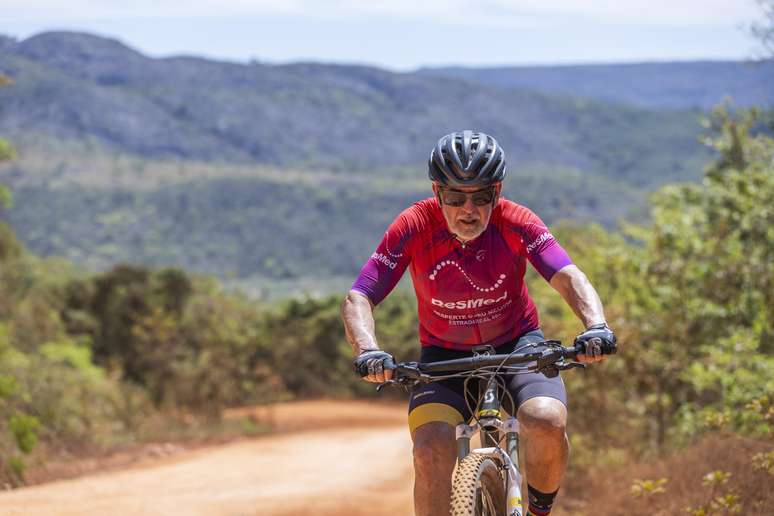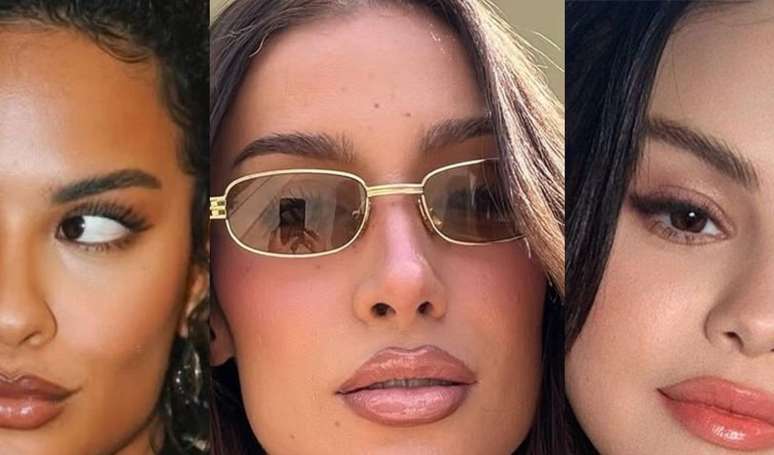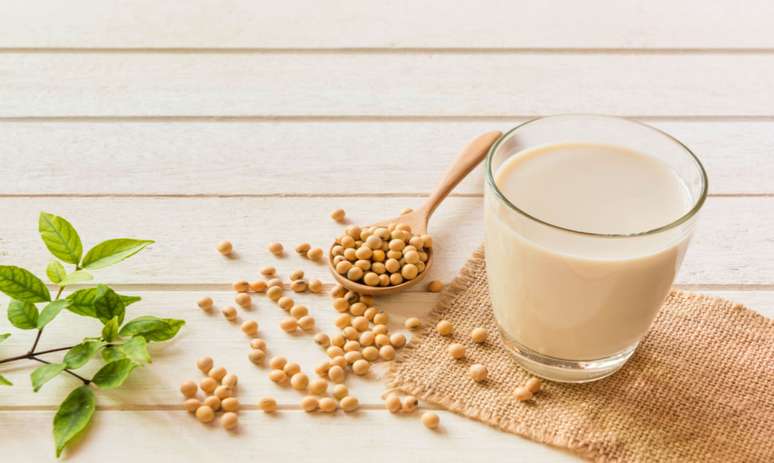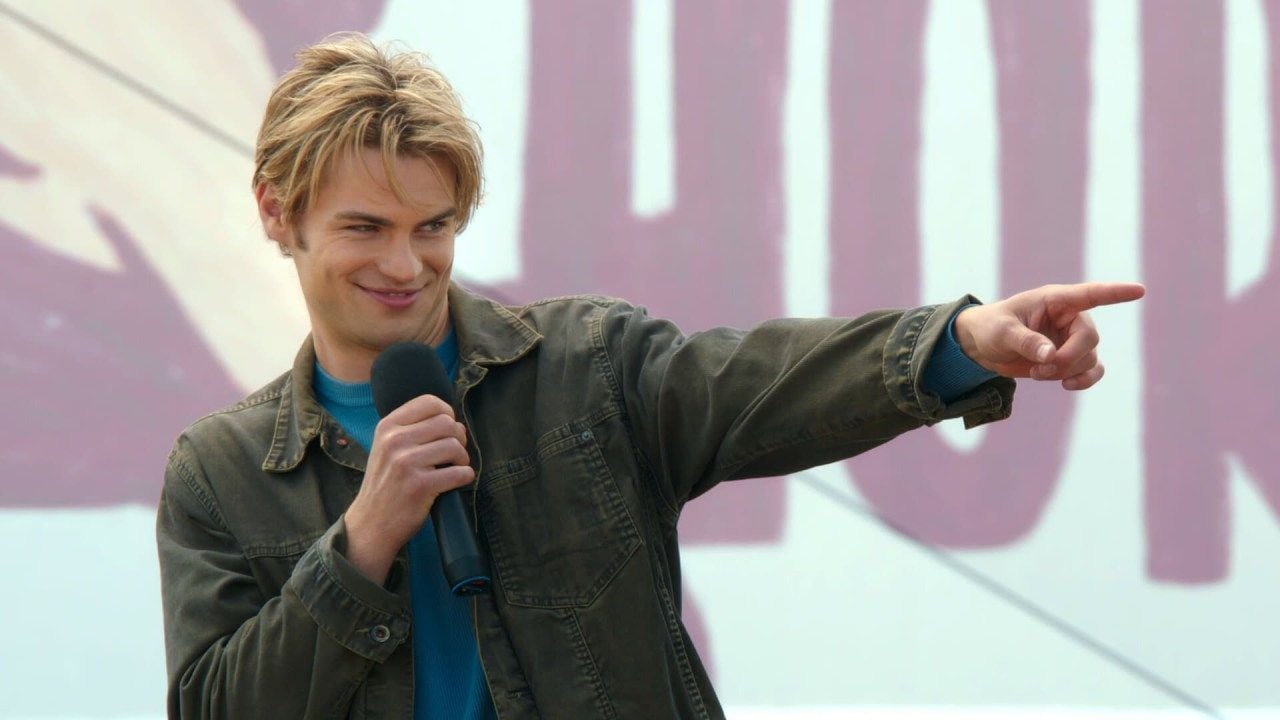At 64, the cyclist saw his performance take off after using a sleep mask
For many years, lawyer and business administrator Aluizio Maia, 64, felt very sleepy during the day, irritable and suffered from severe migraines – about 10 episodes a month, which prevented him from doing anything in the morning. Today he is an athlete: he has just cycled 1,105 km along the old Estrada Real, from Diamantina (MG) to Paraty (RJ), together with his wife and other cyclists over sixty.
Where did he get such a desire to cycle? According to Aluizio, overcoming a sleep disorder was the great stimulus to change habits. More than 20 years ago he was diagnosed with apnea, a condition characterized by the constant stopping of breathing during sleep. In Brazil, an estimated 49 million people suffer from this problem, which increases the risk of hypertension, diabetes, cardiac arrhythmias, heart attack and stroke.
Despite having radically changed his lifestyle: Aluizio was obese, smoked and drank, slept poorly and did not take the results of polysomnography seriously. As time went by the problem only got worse. “My diet was ok, my physical activity was ok, my stress level was ok, my relationships were healthy, but my sleep was not good. Sleeping was a painful thing,” he reports. “The quality of my sleep was so bad that I kept trying to go to bed.”
Using a sleep mask
In 2022 he took the exam again and discovered that the apnea, which had been classified as moderate when first diagnosed, had become severe. Only then did he decide to face the problem. The most suitable treatment for your case was the use of CPAP, a device that sends air under pressure into the airways through a mask. “During my first night’s sleep I could clearly see that I had slept as I had not slept in many years,” she recalls.
My migraines disappeared, my constant irritation disappeared and I no longer felt drowsy during the day. My performance in sports improved, when I started recovering from intense training and cycling (mountain biking), I became much more tolerant and I feel emotionally more intelligent.”
After seeing all these improvements, he also started taking better care of his sleep hygiene, including not spending time in front of screens and reducing the lights before bed.
On the 22nd Aluizio participated in the Metropolitan Mountain Bike Championship – Cidade Balsa Nova and placed first. “The idea of sleeping with a mask connected to a trachea and a machine gave me the prejudicial idea of something bad, linked to the idea of illness or disability. Today I can’t think of going to sleep without my CPAP,” he states.
How to suspect apnea?
According to physiotherapist Fernanda Murakami, coordinator of Patient Engagement at ResMed, one of the companies that produces this type of device, sleep apnea is more common in male individuals, over 40 years of age, with central obesity (concentrated trunk) or increased of the neck circumference.
The most common signs of the condition include:
- snore
- drowsiness and daytime tiredness
- morning headache
- difficulty concentrating
- memory and mood changes
In general, people with apnea do not remember waking up in the middle of the night due to breathing pauses. But in some cases, this can happen. “If you don’t sleep well or don’t identify with these signs and symptoms, a sleep specialist can help you identify whether sleep apnea could be the cause of these problems,” recommends the professional.
Source: Terra
Ben Stock is a lifestyle journalist and author at Gossipify. He writes about topics such as health, wellness, travel, food and home decor. He provides practical advice and inspiration to improve well-being, keeps readers up to date with latest lifestyle news and trends, known for his engaging writing style, in-depth analysis and unique perspectives.





![Everything for pre -light: Nils plans to leave the studio … which awaits you on Monday, August 25, August 25, 2025 in the 51 episode [SPOILERS] Everything for pre -light: Nils plans to leave the studio … which awaits you on Monday, August 25, August 25, 2025 in the 51 episode [SPOILERS]](https://fr.web.img3.acsta.net/img/15/9c/159c479eb3b93f845396283794b97527.jpg)



